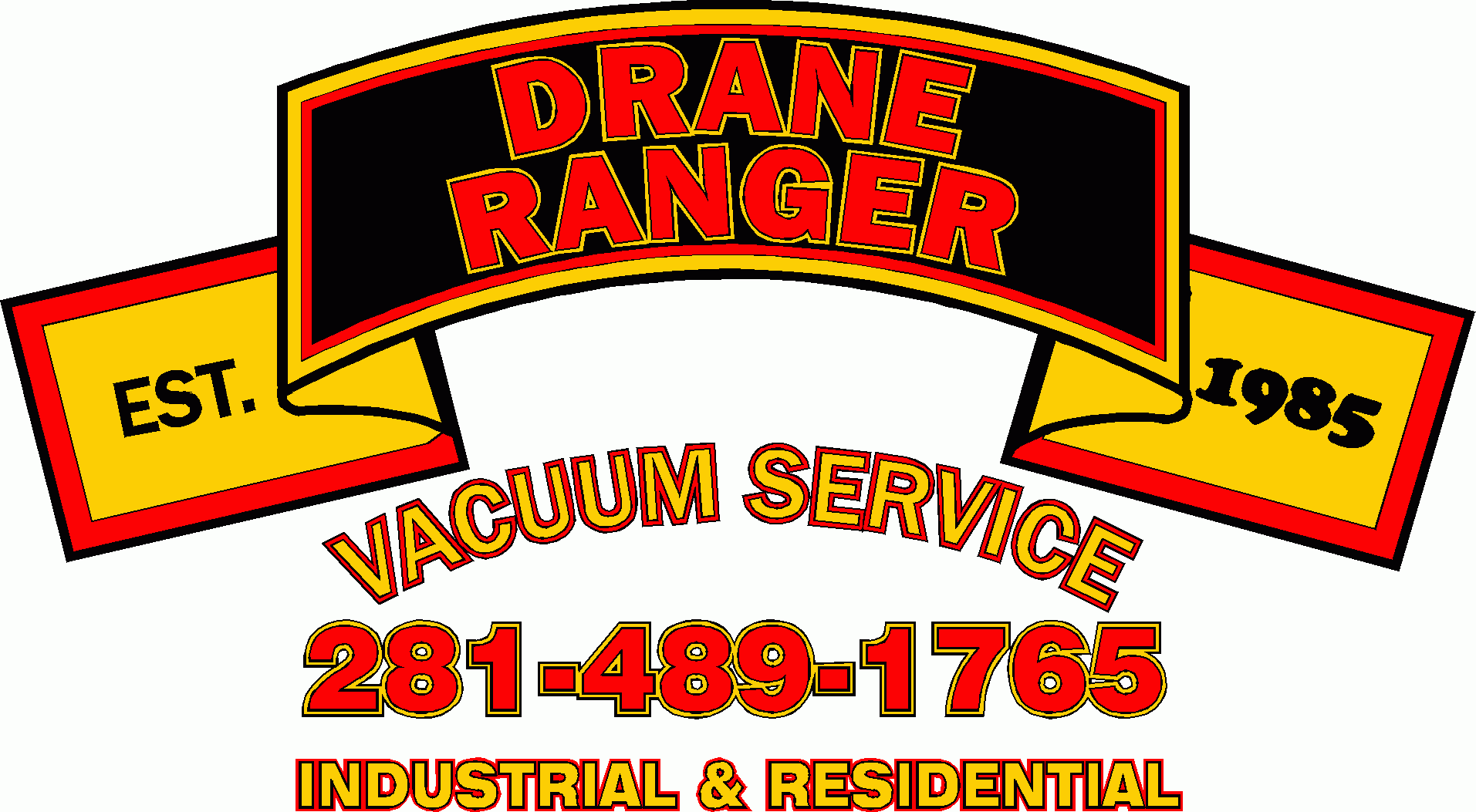Although a wastewater lift station is an absolute essential, many home and business owners in Houston are unaware of what it does…until a problem arises, that is. We are afforded the luxury of not having to think about how wastewater is removed from our daily lives because a lift station does the work for us. But that doesn’t mean we can forget about lift stations altogether. To ensure things are running smoothly, wastewater lift stations need to be properly serviced. If they are neglected, serious damage can occur. Keep reading to learn how wastewater lift stations in Houston work, and the benefits they provide.
What is Wastewater?
Wastewater is used water that contains many substances, such as human waste, food scraps, grease, detergents, soaps, and other harmful chemicals. In order to protect the environment from further pollution, as well as our own health and safety, wastewater must be cleaned before being released into another body of water. It comes from many sources—everything we flush down the toilet or drain, rainwater and runoff, and agricultural and industrial facilities all produce wastewater. Some sewage is easier to treat than others, but in order for it to be treated, it must journey to a wastewater treatment plant. That is where wastewater lift stations come into the equation — they play an integral role in moving sewage throughout Houston while saving a substantial amount of money in excavation costs.
How does a Lift Station Work?
To put it simply, a wastewater lift station helps pump wastewater throughout different areas of Houston, moving it from a lower elevation to a higher elevation so it can go from Point A to Point B. But there are many mechanisms at play, including a wastewater receiving well, also known as a wet-well. This is a basin or pit in which wastewater is stored — it is often equipped with a screen or grinder to break down large matter so it is easier to transport. Once the sewage reaches a certain level, the pump is activated and the waste is moved out of the lift through a series of pipes, with the help of a power supply system and motors. A lift station also includes an alarm system and a ventilation system of some sort to control odor. Typically, there is also some sort of hatch or opening for easy pump removal.
What happens if a Lift Station Fails?
Because lift stations are responsible for pumping wastewater throughout Houston, they require professional maintenance to ensure they are working properly. Without regular check-ins, wet well cleaning, and jetting, clogs and buildups can occur, and this can lead to serious property damage and health crises. Wastewater can back up in the collection system, causing sewer backups in homes or an overflow to the surrounding area. The methane and other gases stored in wastewater lift stations in Houston are also highly corrosive and can cause further damage to the environment and property. Depending on the size, condition, and maintenance history of a lift station, repair expenses can begin in the 5-figure area. However, if these issues are resolved beforehand, a wastewater lift station can reduce overall maintenance costs and extend the value of your property. Visit our website for more details.
